Picasso. Da Vinci. Van Gogh.
They created some of the most invaluable works of art in the world. One of the reasons the public has a chance to see some of them in this day and age is due to the meticulous care curators take to preserve their integrity.
But as the paintings age, the dangers that temperature and humidity pose to them increase, making tools like the testo 160 monitoring system series just as valuable.
Science behind art
Paintings that aren't currently on display often reside in storage areas, but even without the public in close proximity there are still risks present. Unmonitored environments can wreak havoc on artwork, which is often composed of organic materials found in oils, watercolours and canvases.
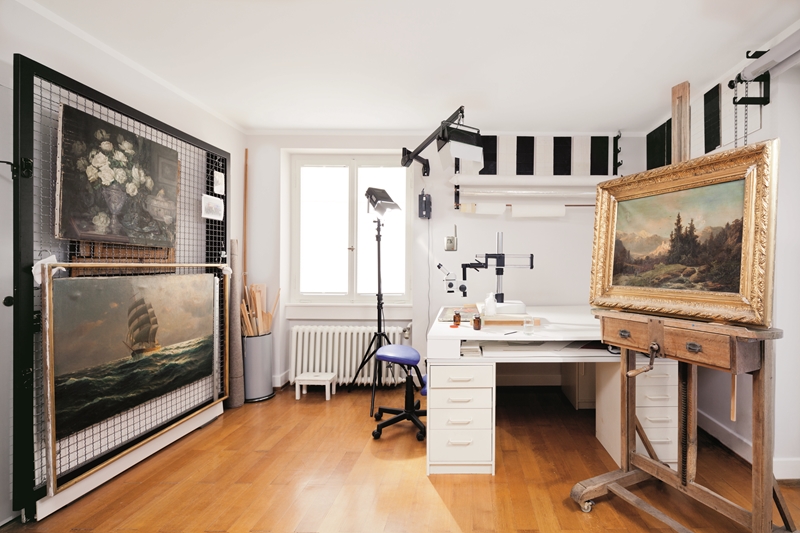
Temperature and humidity both play a role in the deterioration of paintings overtime through chemical reactions that weaken the bonds. A rise of just 14°F can double the speed with which this breaking down of elements takes place, according to the Chicora Foundation.
Timing is crucial both in the storage area and in the gallery – using manual methods of monitoring could lead to influxes in temperature going unnoticed before irreparable damage occurs.
Preserving their integrity
One of the benefits of being in a modern era where strategies for protecting the longevity of artwork have evolved is that the tools available have progressed as well. The testo 160 monitoring series was specifically built to capture temperature, humidity and lux levels automatically and in a non-obtrusive manner.
Gallery directors are able to strategically place the monitors in gallery and storage areas to gain real-time updates when certain thresholds are reached. Utilising this type of technology is crucial to what the National Portrait Gallery has coined preventative conservation.
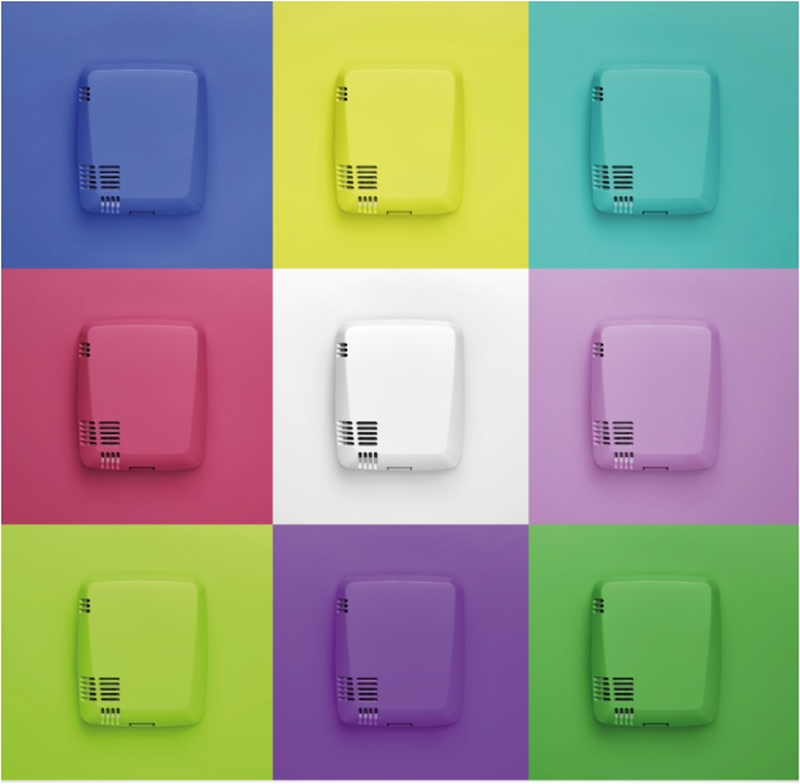
In a bid to limit the effects of the environment and time on invaluable artworks, gallery directors and restorers alike are encouraged to keep tight control of temperature, humidity and lux levels. Using manual methods this can be a difficult task, but the testo 160 series has built-in sensors that automatically detect any changes.
Some art museums may shy away from placing technology next to timeless artworks because it can disrupt the setting, but the testo 160 series has decorative colours that help the instruments easily blend in without compromising results.
Preserving artwork is a full time job, and it's time gallery directors got some help. Contact a Testo representative today to learn more about the testo 160 series.



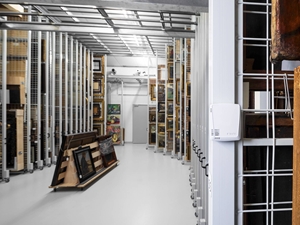


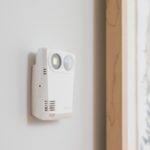
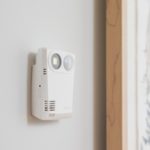

 Reduce cooking oil costs while ensuring quality
Reduce cooking oil costs while ensuring quality Expert knowledge on CO2 monitoring
Expert knowledge on CO2 monitoring Refrigeration knowledge - in 3 modules
Refrigeration knowledge - in 3 modules



